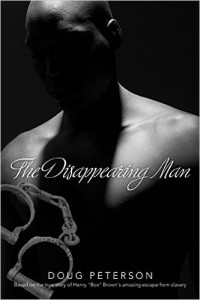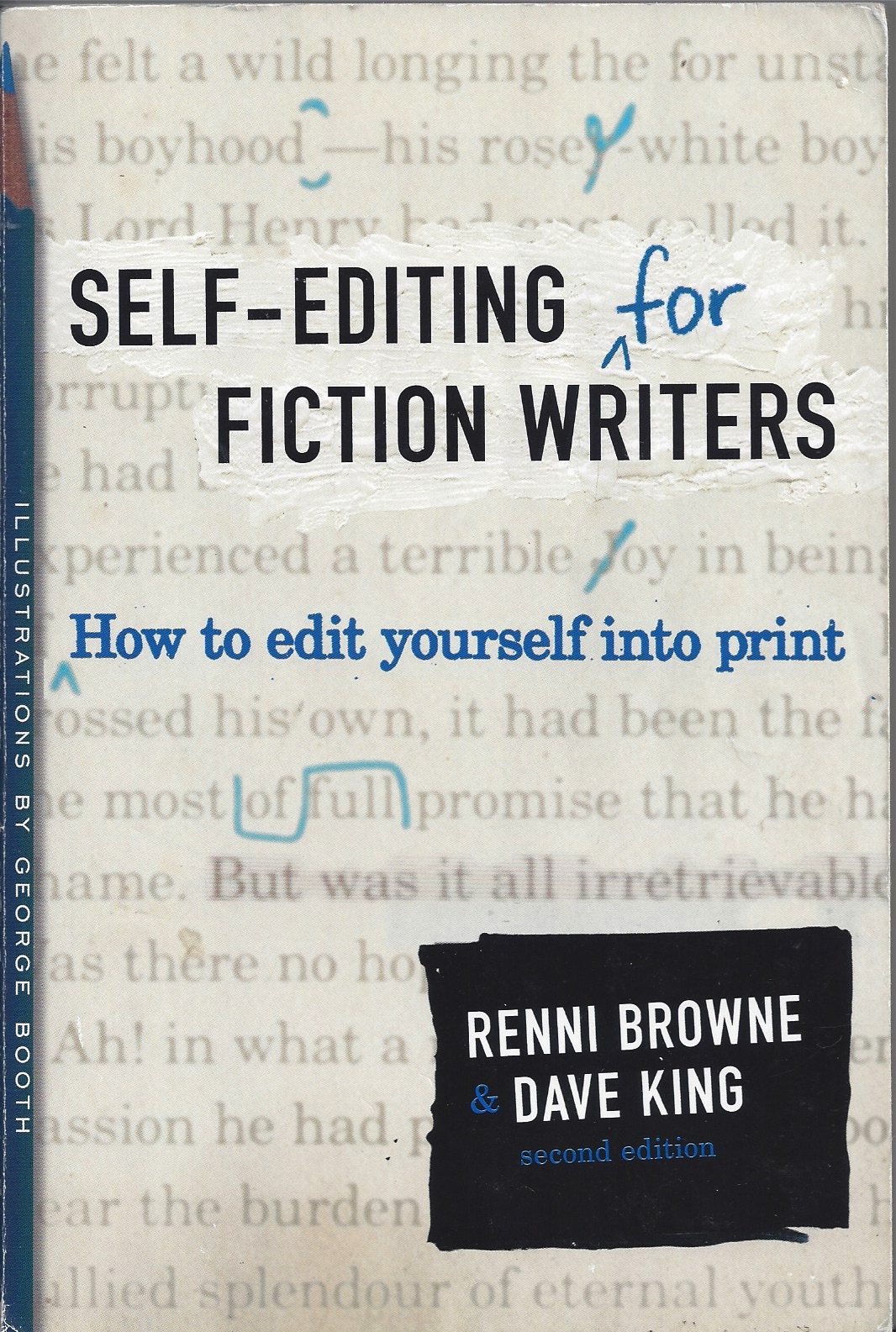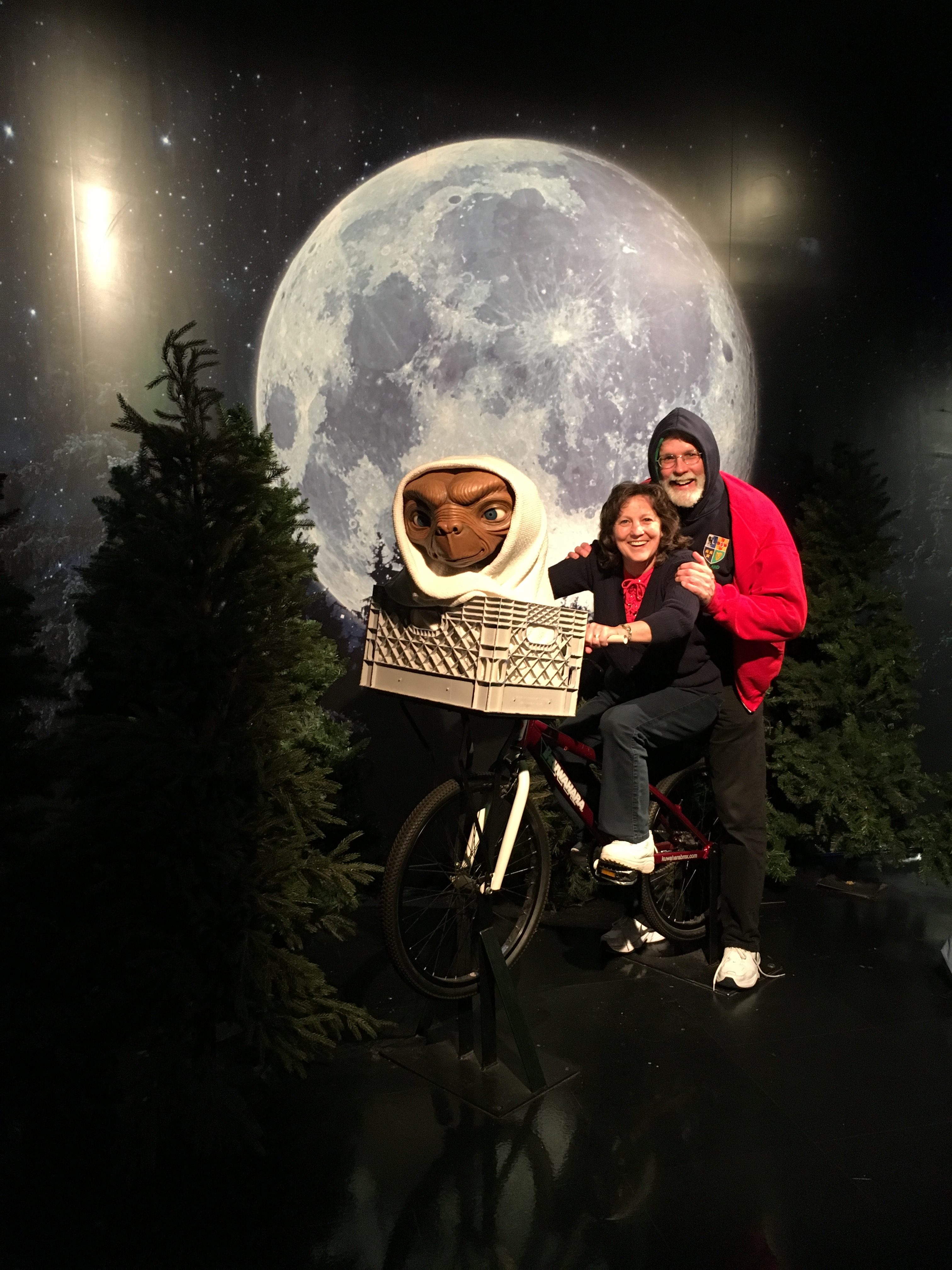
The editor had me rework my first novel, changing it from the omniscient point of view to third-person limited. I’m so glad he did. I was no longer writing for talking vegetables and had many lessons to learn.
I used to write for VeggieTales, and if you’re familiar with the antics of Bob the Tomato and Larry the Cucumber, you know that these animated characters do a lot of hopping around. How else are vegetables going to move? They don’t have legs.
But when I made the switch from writing VeggieTales picture books to writing historical novels, I found myself doing a different kind of hopping. It’s called “head-hopping,” and the editor on my first novel quickly cured me of the habit. I’m so glad he did. In fact, this was the first lesson I learned when making the switch from picture books to novels.
My first historical novel, The Disappearing Man, tells the true story of Henry “Box” Brown, a slave who mailed himself to freedom in 1849. He escaped by shipping himself in a box from Richmond, Virginia, to Philadelphia. But when I began writing that novel, I just happened to be reading Lonesome Dove, the Pulitzer Prize-winning novel by Larry McMurtry. Many of McMurtry’s novels are written in the “third person omniscient” voice, in which the author can get into anyone’s thoughts at any time. So, driven by McMurtry’s example, I wrote my first draft from the omniscient point of view, hopping into Henry “Box” Brown’s mind in one paragraph and then hopping into another character’s mind in the next paragraph.
How could anyone argue with McMurtry’s approach? He’s a Pulitzer Prize-winner for crying out loud!
As much as I loved Lonesome Dove, I quickly saw my editor’s point. Head-hopping, as the omniscient point of view is sometimes called, has problems. But before I explain these problems, let me give you an example of head-hopping. Here is an excerpt from The Disappearing Man, where Henry Brown, as a child, stumbles across another boy (John) tied up to a tree. For the purposes of this example, I have changed the excerpt so it reads in the omniscient voice.
Henry had been taught not to interfere in the ways of white folk, but he couldn’t just leave John to die. On the other hand, if Mr. Allen found out he’d untied his son, the man might shoot him dead in the field.
Another flash of lightning, another explosion.
John hollered, then whimpered like a beaten dog. The boy was almost as terrified of the lightning as he was of his father. John looked around, wondering if his Pappy might appear from behind a tree at any moment.
This is the third-person omniscient voice because in the first paragraph we’re inside Henry’s mind, understanding his thoughts and feelings about getting shot by Mr. Allen (John’s father). In the third paragraph, we’re suddenly in John’s thoughts, hearing his fears. If you constantly move from one perspective to another, paragraph to paragraph, you lose focus on any one character.
I highly recommend the wonderful book, Self-Editing for Fiction Writers, by Renni Browne and Dave King, which my editor suggested to me back when I was writing my first novel. The third chapter of the book deals with the issue of point of view, so imagine my shock when I found that the chapter began with an excerpt from McMurtry’s Lonesome Dove. In the excerpt, we get into the thoughts of three different characters—Joe, July, and Elmira—in the span of three brief paragraphs.
That’s some serious head-hopping.
“Larry McMurtry’s Lonesome Dove is a powerfully written book, yet some readers find it hard to get involved in the story,” Browne and King say in Self-Editing for Fiction Writers. They blame this problem on the omniscient point of view that McMurtry used.
The omniscient point of view gives a writer a lot of flexibility because you can reveal any character’s thoughts at any time. But by jumping from one person’s perspective to another to another, it’s more difficult to create intimacy between the reader and the characters. You’re not sticking with one character’s perspective long enough to become strongly connected with him or her.
When my editor looked at my first draft of The Disappearing Man, he sent me back to the drawing board, and I converted my omniscient voice to “third-person limited.” And I had only a few weeks to do it.
But what is third-person limited, and why did I choose it?
To answer this, I need to devote an entire blog to the question, so look for an explanation in my next installment. For now, I simply leave you with one piece of advice: If you want to create intimacy between readers and characters, don’t head-hop.
Leave the hopping to vegetables.
5 for Writing
- Get writing. Find the time to write. Then do it.
- Learn by listening—and doing. Solicit feedback, discern what helps you.
- Finish your story. Edit and rewrite, but don’t tinker forever. Reach the finish line.
- Thrive on rejection. Get your story out there. Be fearless. Accept rejection.
- Become a juggler. After one story is finished, be ready to start another. Consider writing two at once.





 We love helping your growing in your writing career.
We love helping your growing in your writing career.

No Comments